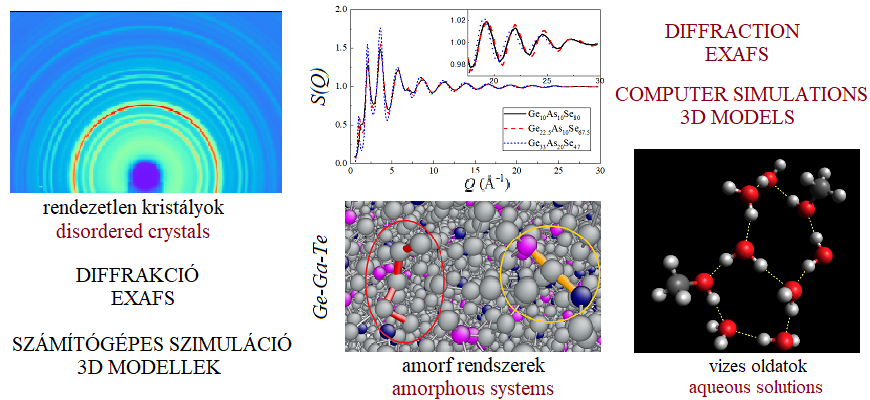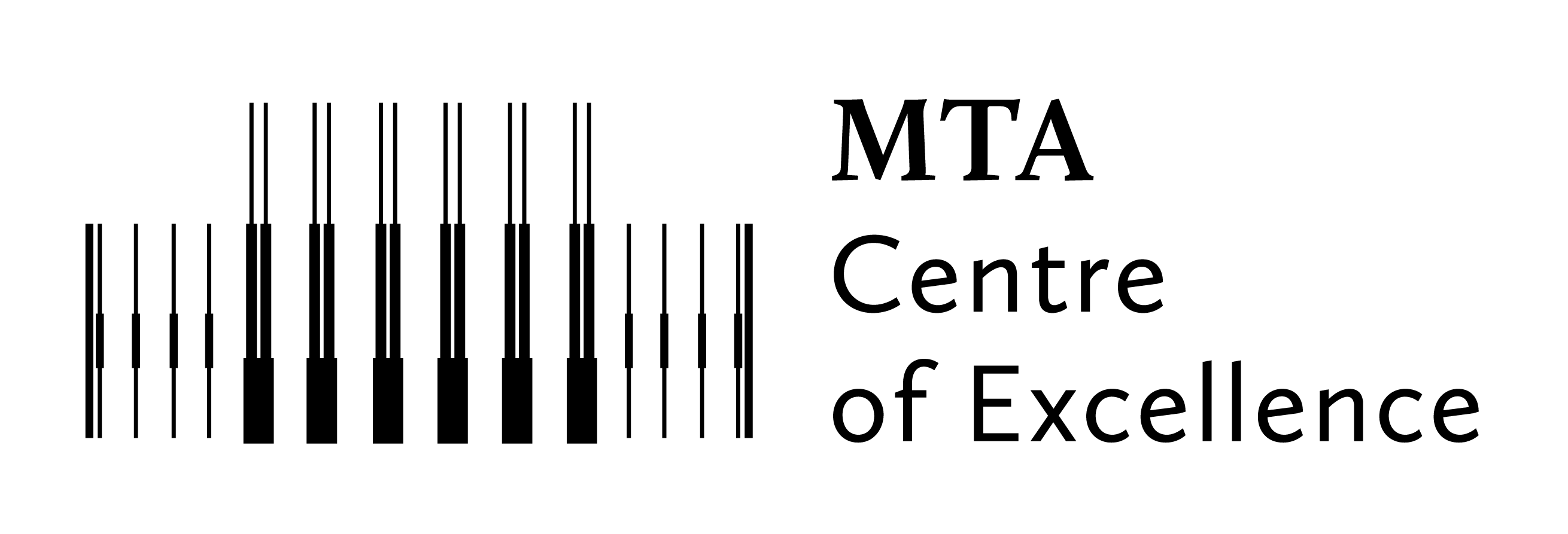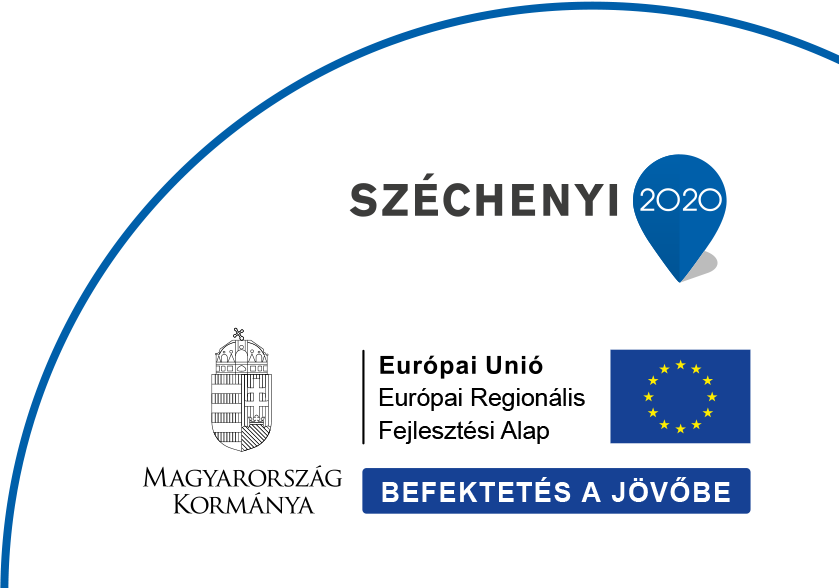Liquid structure research group

Group Leader: Pál Jóvári (DSc)
Group Members: Ildikó Pethes (PhD), Szilvia Pothoczki (PhD), László Pusztai (DSc), László Temleitner (PhD)
Publications of the group: link to the database of the Hungarian Scientific Bibliography
Understanding disordered structures. — Our research group is involved in the investigation of short-range order of liquids, amorphous materials and disordered crystals. We combine experimental data such as X-ray and neutron diffraction structure factors and EXAFS spectra with computer modeling tools such as Reverse Monte Carlo (RMC) and molecular dynamics (MD) simulations. As a result of such an approach, large configurations (typically tens of thousands of atoms) are provided that are energetically reasonable and consistent (within errors) with experimental data. These configurations are then subjected to various geometrical analyses, so that specific questions concerning the atomic level structure of a material may be answered.
Published articles in 2025:
Al Hasni, Bushra ✉
Material characterization of mixed glass-former sodium germanophosphate glasses
INTERNATIONAL JOURNAL OF COMPUTATIONAL MATERIALS SCIENCE AND ENGINEERING , 14 p. (2025)
Bakó, I. ✉ ; Pothoczki, S.
Can We Unambiguously Define the Dipole Moment of Molecules in the Condensed Phase?
MOLECULES 30 : 7 Paper: 1539 , 18 p. (2025)
Bakó, I. ; Wacha, A. ; Pothoczki, S. ✉
Intramolecular H-bond properties in Solvated Cyclodextrins Elucidated by SAXS and molecular Dynamics simulation
JOURNAL OF MOLECULAR LIQUIDS 421 Paper: 126922 , 9 p. (2025)
Hosokawa, S. ✉ ; Stellhorn, J.R. ; Pusztai, L. ; Yamazaki, Y. ; Jiang, J. ; Kato, H. ; Ichitsubo, T. ; Magome, E. ; Blanc, N. ; Boudet, N. et al.
Structural and dynamical changes in a Gd-Co metallic glass by cryogenic rejuvenation
ACTA MATERIALIA 284 Paper: 120616 , 10 p. (2025)
Pethes, I. ✉ ; Piarristeguy, A. ; Pradel, A. ; Escalier, R. ; Micoulaut, M. ; Michalik, S. ; Darpentigny, J. ; Zitolo, A. ; Jóvári, P.
Short-range order and topology of Te-rich amorphous Ge–Sb–Te alloys
JOURNAL OF THE AMERICAN CERAMIC SOCIETY 108 : 3 Paper: e20258 , 14 p. (2025)
Zalka Dóra, Vizintin Alen, Maximenko Alexey, Pászti Zoltán, Dankházi Zoltán, Hegedüs Kristóf, Shankar Lakshmi Shiva, Kun Róbert, Saksl Karel, Fedorková Andrea Straková, Jóvári Pál
Improving lithium-sulfur battery performance using a polysaccharide binder derived from red algae
COMMUNICATIONS MATERIALS 6 : 1 Paper: 17 , 15 p. (2025)
The full list of publications of the research group is available from 2012 and between 1998 and 2011 in the MTMT database.
Research areas
Metallic glasses. — The structure of glassy Cu47.5Zr47.5Ag5 has been investigated by neutron diffraction with isotopic substitution, X-ray diffraction as well as with Cu and Ag K-edge extended X-ray absorption spectroscopy (EXAFS) measurements. Experimental datasets have been fitted simultaneously with the reverse Monte Carlo simulation technique.Nearest-neighbor distances and coordination numbers have been determined and compared with those of glassy Cu50Zr50 and Cu47.5Zr47.5Al5. It has been found that the Cu-Cu coordination number drops upon adding Al or Ag to Cu50Zr50. Both Ag and Al prefers Zr to Cu. The total coordination number of Ag is 13.9±0.6 while that of Al is 10.2±1.0, suggesting that, in spite of their similar molar volumes, the effective size of Ag and Al in the Cu-Zr matrix is quite different. This is reflected both by the comparison of Zr-Al and Zr-Ag partial pair distribution functions and the Zr-X-Zr (X=Al, Ag) cosine distributions.
Alcohol-water mixtures. — Our efforts concerning the structure of alcohol-water liquid mixtures have been extended to the study of the temperature dependence of the structure of aqueous solutions of methanol. The evolution of the structure of liquid water-methanol mixtures as a function of temperature has been studied by molecular dynamics simulations, with a focus on hydrogen bonding. The combination of the OPLS-AA (all atom) potential model of methanol and the widely used SPC/E water model has provided excellent agreement with measured X-ray diffraction data over the temperature range between 298 and 213 K, for mixtures with methanol molar fractions of 0.2, 0.3 and 0.4. Hydrogen bonds have been identified via a combined geometric/energetic, as well as via a purely geometric definition. The number of recognizable hydrogen bonded ring structures in some cases doubles while lowering the temperature from 298 to 213 K; the number of sixfold rings increases most significantly. An evolution towards the structure of hexagonal ice, that contains only sixfold hydrogen bonded rings, has thus been detected on cooling water methanol mixtures. For a picture of typical hydrogen-bonded ring structures.
Liquid chalcogenides. — The short-range order in the liquid state of GeTe, a prototypical phase-change material employed in data storage devices, has been investigated by X-ray and neutron diffraction in the temperature range from 1197 to 998 K. We have also measured the dynamic viscosity from 1273 to 953 K, which is 55 K below the solidification point, using an oscillating-cup viscometer. The measurements have been complemented with ab-initio molecular dynamics (AIMD) simulations based on density functional theory(DFT). Compatibility of the AIMD-DFT models with the diffraction data has been proven by simultaneous fitting of all datasets in the frame of the reverse Monte-Carlo simulation technique. It has been shown that octahedral order dominates in liquid GeTe, although tetrahedral structures are also present. The temperature dependences of the structural parameters, dynamic viscosity and electronic properties extracted from the AIMD models have been analyzed and discussed. We have shown that GeTe keeps its semiconductor nature in the liquid and supercooled liquid state. Its viscosity obeys the Arrhenius law with a small activation energy of the order of 0.3 eV, which is indicative of a highly fragile liquid.
Aqueous salt solutions. — Aqueous lithium chloride solutions up to very high concentrations have been investigated in classical molecular dynamics simulations. Various force fields based on the 12-6 Lennard-Jones model parametrized for non-polarizable water solvent molecules (SPC/E, TIP4P, TIP4PEw) have been inspected. Twenty-nine combinations of ion-water interaction models have been examined at four different salt concentrations. Densities, static dielectric constants and self-diffusion coefficients have been calculated. Results derived from the different force fields scatter over a wide range of values. Neutron and X-ray weighted structure factors have also been calculated from the radial distribution functions and compared with experimental data. It has been found that the agreement between calculated and experimental curves is rather poor for several investigated potential models, even though some of them were previously applied in computer simulations.
Last update: 28/04/2025
Results: 2024; 2017-2023




